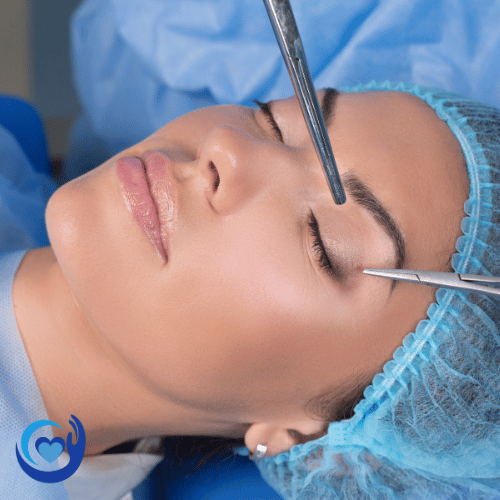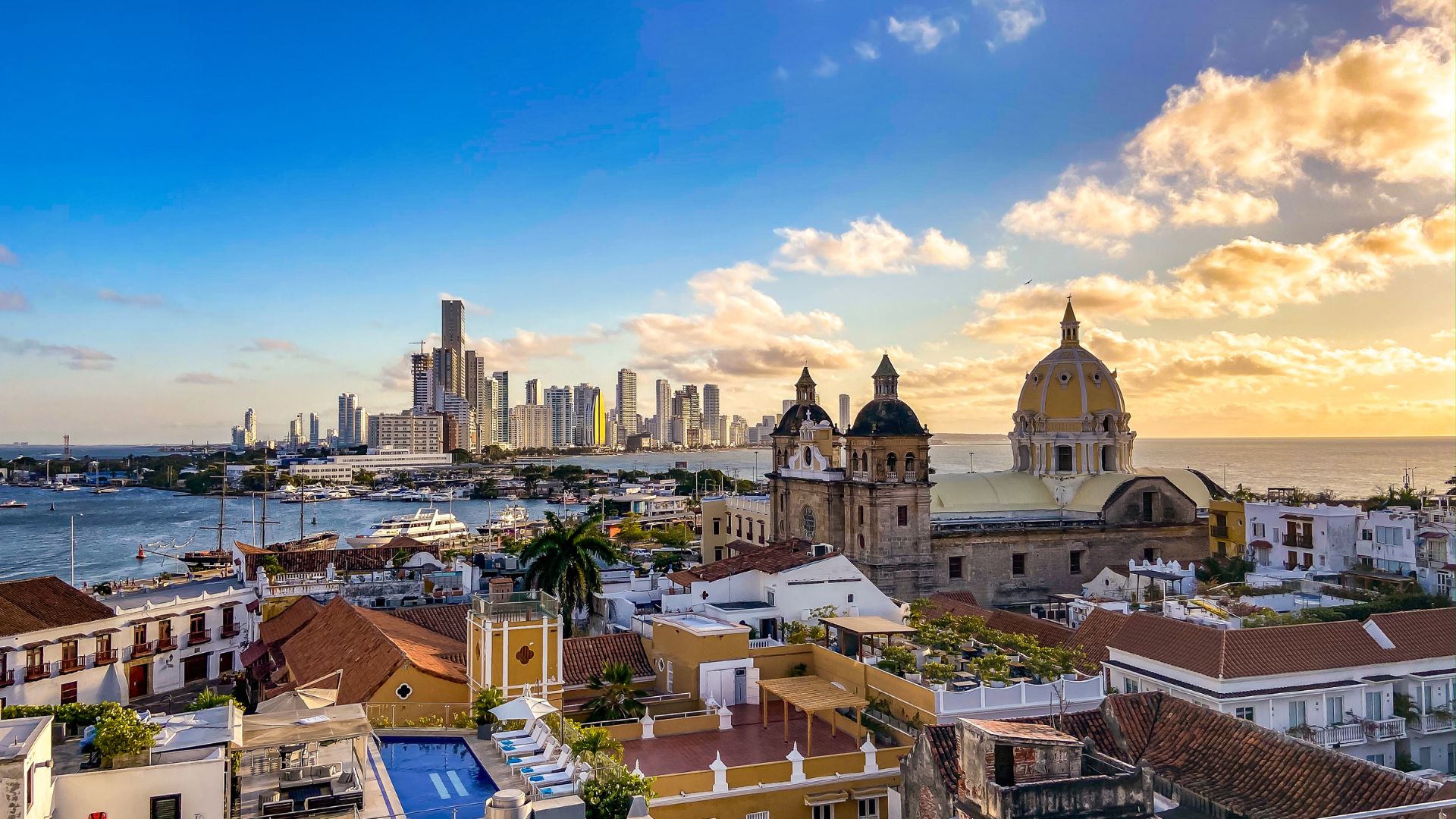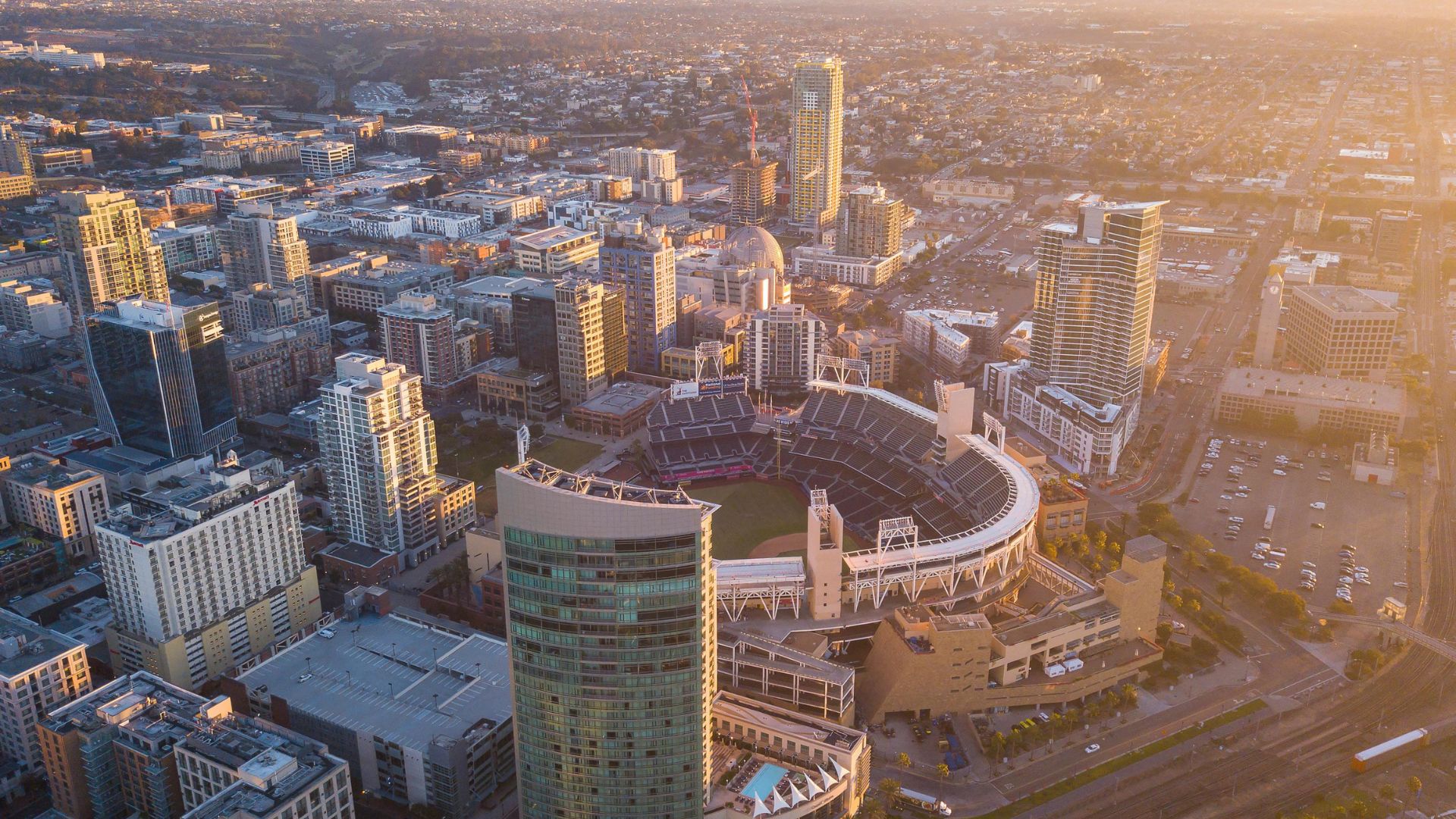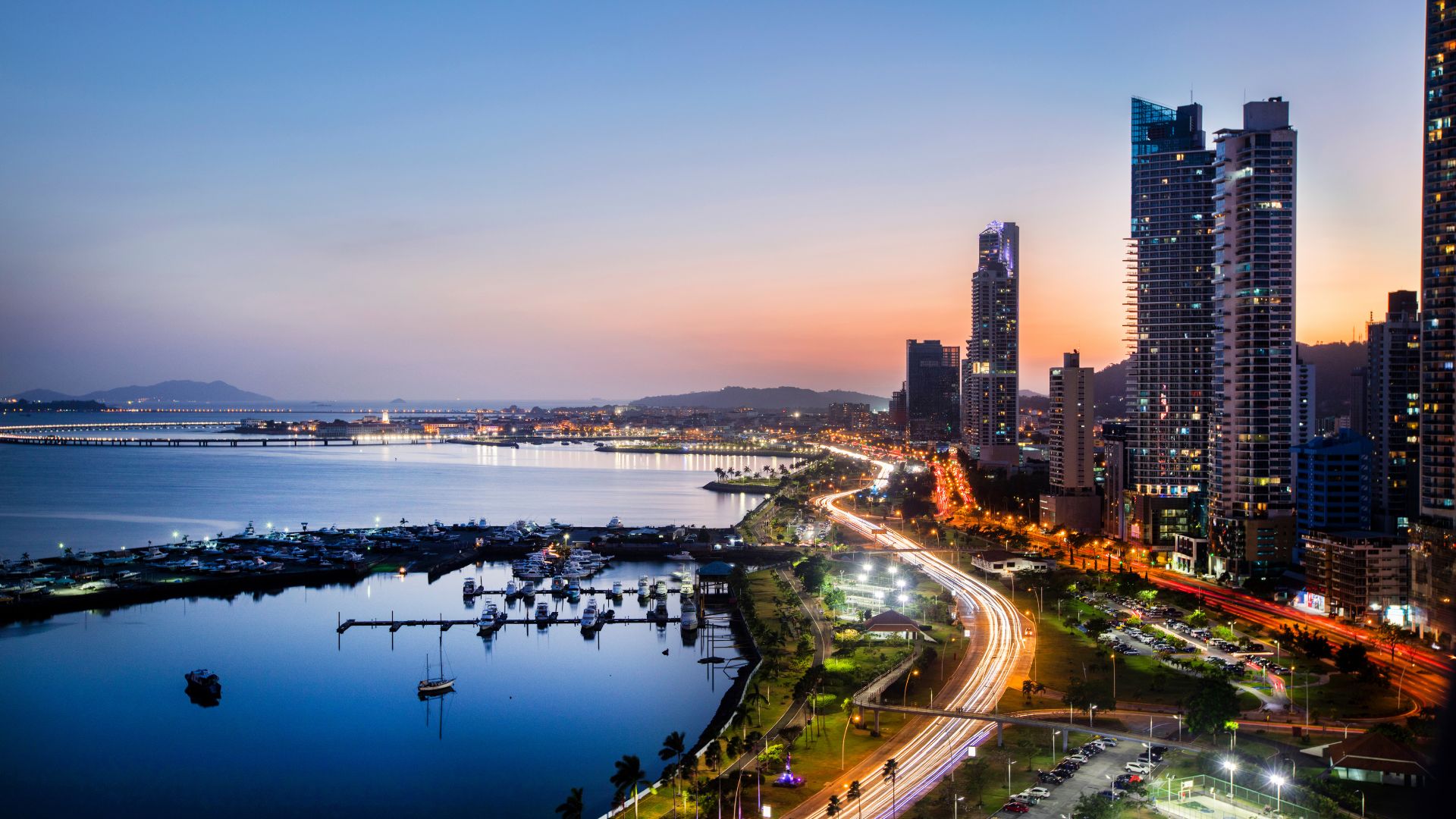Book Appointment Now
Blepharoplasty (Eye Lift Surgery) in Latin America | Expert Eyelid Surgery Abroad
Board-certified plastic surgeons, modern facilities & comprehensive eye lift packages at 60-80% less than US prices
Blepharoplasty (eye lift surgery) in Latin America offers world-class cosmetic and functional eyelid correction at a fraction of US costs. Whether addressing droopy eyelids, excess skin, vision problems, or seeking facial rejuvenation, our medical tourism packages connect you with board-certified plastic surgeons and oculoplastic specialists in Colombia, Costa Rica, and Panama. Each comprehensive package includes personal consultation, state-of-the-art surgical facilities, recovery support, and bilingual patient coordinators. From upper and lower eyelid surgery to combined procedures like ptosis repair, our partner clinics deliver natural-looking results using advanced techniques — all while you recover in beautiful, comfortable destinations with dedicated post-operative care.
Our partner clinics feature internationally trained surgeons using the latest techniques in both cosmetic and functional blepharoplasty. From addressing sagging eyelids that impair vision to creating a more youthful, refreshed appearance, each procedure is tailored to your specific needs.
Transform your appearance and improve your vision with expert eye lift surgery in Latin America.
1-2 hours
Outpatient procedure (same day)
Local anesthesia with sedation
1-2 weeks initial recovery
1-2 weeks
Blepharoplasty, or eyelid surgery, involves the removal of excess skin and fat from the upper and lower eyelids to rejuvenate the appearance and improve vision if sagging eyelids obstruct sight. This quick outpatient procedure results in a more youthful, alert look. Local anesthesia with sedation is typically used.
Why Choose Blepharoplasty Surgery in Latin America?
You may be a suitable candidate for blepharoplasty if:

Top Destinations for Eye Lift Medical Travel
Latin America offers world-class blepharoplasty procedures at exceptional value. Key destinations include Colombia, renowned for its skilled plastic surgeons and modern clinics; Costa Rica, offering premium care in a peaceful recovery environment; and Panama, featuring state-of-the-art facilities with bilingual staff.


Cost of Eye Lift Surgery in Latin America vs USA
Compare the significant savings on blepharoplasty procedures across our partner destinations:
| Location | Upper Blepharoplasty | Lower Blepharoplasty | Combined Surgery | Surgeon Certification | Recovery Support |
|---|---|---|---|---|---|
| Colombia | $1,200-$1,800 | $1,400-$2,000 | $2,200-$3,000 | SCCP Certified | Yes – Bilingual |
| Costa Rica | $1,800-$2,500 | $2,000-$2,800 | $3,200-$4,000 | Board Certified | Yes – Bilingual |
| Panama | $1,500-$2,200 | $1,700-$2,400 | $2,500-$3,200 | Board Certified | Yes – Bilingual |
| United States | $3,000-$5,000 | $3,500-$6,000 | $6,000-$10,000 | ASPS Certified | Varies |
Eyelid Surgery Procedures Available
Our partner clinics offer comprehensive blepharoplasty options tailored to your specific needs. From functional improvements to cosmetic enhancements, each procedure is performed with precision and care.
Upper Eyelid Surgery (Upper Blepharoplasty)
Upper blepharoplasty removes excess skin and fat from drooping upper eyelids, restoring a more youthful appearance and improving vision when sagging skin obstructs sight. The procedure creates natural-looking creases and can address asymmetry between eyes. Recovery typically takes 7-10 days with minimal scarring hidden in the eyelid fold.
Lower Eyelid Surgery (Lower Blepharoplasty)
Lower blepharoplasty addresses under-eye bags, puffiness, and excess skin, creating a refreshed appearance. Using either a transconjunctival approach (inside the eyelid) or external incision, surgeons remove or reposition fat deposits and tighten loose skin. This procedure effectively reduces dark circles and creates a smoother under-eye contour.
Combined Upper & Lower Eyelid Lift
Combined blepharoplasty addresses aging concerns around the entire eye area in one procedure. This comprehensive approach corrects drooping upper lids and under-eye bags simultaneously, providing dramatic rejuvenation. Patients benefit from a single recovery period and harmonious results that frame the eyes beautifully.
Functional Blepharoplasty for Vision Improvement
When excess upper eyelid skin blocks peripheral vision, functional blepharoplasty becomes a medical necessity. This procedure restores the visual field by removing obstructing tissue, often covered by insurance. Our surgeons document visual field testing and work with insurance providers to support coverage for qualifying patients.
What Happens During the Procedure?
Your eyelid surgery takes place in our outpatient clinic under local anesthesia with sedation – which means you’ll be relaxed but not fully asleep. Here’s what your surgeon will do:
Client Reviews

What’s Included in Our Eye Lift Surgery Packages
- Before you arrive:
- Online meeting with the in-country advocate who will manage your case and our consulting doctor.
- Referral to one of our specialists, followed by an initial online meeting with them.
- Pre-travel meeting with your in-country advocate to finalize your itinerary.
- Day 1 – Arrival day:
- Arrive in Colombia.
- Welcome at the airport by your advocate.
- Transport to your hotel provided.
- Welcome briefing by your advocate at the hotel.
- Day 2 – Preparation day:
- Meet your advocate at the hotel in the morning.
- Transport to your pre-procedural consultation with your specialist.
- Detailed discussion with your advocate to ensure you are fully prepared for the procedure.
- Day 3 – Procedure day:
- Advocate will meet you at the hotel in the morning.
- Transport to the clinic for your blepharoplasty procedure.
- Post-procedure check-in with your advocate.
- Return to the hotel for initial recovery.
- Day 4 – Recovery day:
- Dedicated recovery day to ensure you are travel-ready and to confirm the success of the procedure.
- Option to engage in light activities if you feel well enough.
- Transport and advocate support available throughout the day for any questions or needs.
- Day 5 – Travel day:
- Advocate meets you at your hotel for transport to the airport.
- Assistance from your advocate through the airport until customs.
What to expect before, during, and after the blepharoplasty surgery?
Before Surgery:
- You will have a consultation with your surgeon to discuss your goals, medical history, and any concerns.
- Pre-surgery instructions may include avoiding certain medications and arranging for someone to drive you home after the procedure.
During Surgery:
- The surgery is usually performed under local anesthesia with sedation.
- The surgeon will make incisions along the natural lines of your eyelids to remove excess skin and fat.
- The incisions will be closed with sutures or surgical tape.
After Surgery:
- You may experience swelling and bruising, which should gradually improve over the first few weeks.
- Follow your surgeon’s instructions on how to care for your eyes and manage any discomfort.
- Use prescribed ointments and cold compresses to aid in the healing process.
- Full recovery can take several weeks, with results becoming apparent as the swelling subsides.
Recovery & Post-Operative Care
Let’s walk through what to expect as you heal:
First Week
You’ll head home the same day as your surgery. Expect some bruising around your eyes – kind of like a black eye. We’ll give you cold packs to help with swelling, and eye drops to keep your eyes comfortable. Sleep with your head propped up on an extra pillow, and try to take it easy. Most people say it’s more uncomfortable than painful.
Weeks 2-3
The bruising starts fading now (concealer is fine to use at this point!), and most folks feel comfortable enough to return to work. Your eyes might still feel a bit tight or watery – that’s normal. The stitches are usually out by now, and you’re starting to see your new look, though some swelling sticks around.
Month 1
Now you’re getting back to your normal routine. The big changes are visible, but your eyes keep settling into their final shape. You can wear contact lenses again if you use them, and exercise is usually okay. Most people say their eyes feel much more open and bright.
Long-term Results
By 3 months, you’re seeing the full results – eyes that look naturally refreshed, not “worked on.” Those tiny incision lines keep fading until they’re practically invisible. The best part? Results typically last for years, especially if you’re good about sun protection.
FAQs – Here we answer your common questions about Blepharoplasty
The results of blepharoplasty can last for many years. Upper eyelid surgery results typically last about 5-7 years, while lower eyelid surgery results are usually permanent.
Blepharoplasty can significantly improve the appearance of your eyes by removing excess skin and fat, leading to a more youthful and rested look. It can also improve vision if sagging skin was obstructing your sight.
Blepharoplasty is typically an outpatient procedure, so most patients can go home the same day. However, you will need someone to drive you home and stay with you for the first 24 hours.
Initial recovery usually takes about 1-2 weeks. Swelling and bruising should subside significantly within this period, but complete healing can take a few months.
Most people can return to work and normal activities within 7-10 days, depending on the nature of their job and their personal recovery progress.
Blepharoplasty is generally not very painful. Most patients experience mild discomfort, which can be managed with prescribed pain medication.
Blepharoplasty is generally safe when performed by a qualified and experienced surgeon. As with any surgery, there are risks and potential complications, which should be discussed with your surgeon.
Many patients find blepharoplasty worth it due to the significant improvement in their appearance and self-esteem. The decision is personal and should be made after thorough consideration and consultation with a qualified surgeon.
Blepharoplasty does leave scars, but they are typically well-hidden in the natural creases of the eyelids or along the lash line and tend to fade over time with proper care.
Yes. Our partner clinics in Colombia, Costa Rica, and Panama are accredited facilities with board-certified plastic surgeons who follow international safety protocols. All surgeons have extensive experience in oculoplastic surgery and cosmetic procedures.
Blepharoplasty costs $1,200-$2,500 in Latin America compared to $4,000-$8,000 in the USA. Packages include surgery, anesthesia, facility fees, medications, and recovery support.
Yes. Functional blepharoplasty removes excess upper eyelid skin that blocks peripheral vision. Many insurance plans cover this when medically necessary.
Absolutely. All patients receive virtual consultations with their surgeon to discuss goals, review medical history, and plan their personalized surgical approach before traveling.
The information provided here within should not be construed in any way as medical guidance or advice. Please consult with your medical physical or health provider. Information provided is for informative purposes only and may not capture all pertinent laws, standards, and best practices. The medical field is continually evolving; information mentioned may be outdated and/or could undergo changes. The interpretations presented are not official. Some sections are based on the interpretations or views of relevant authorities, but we cannot ensure that these perspectives will be supported in all professional settings.









